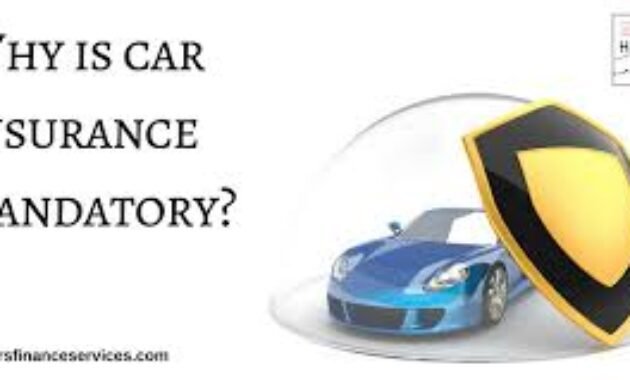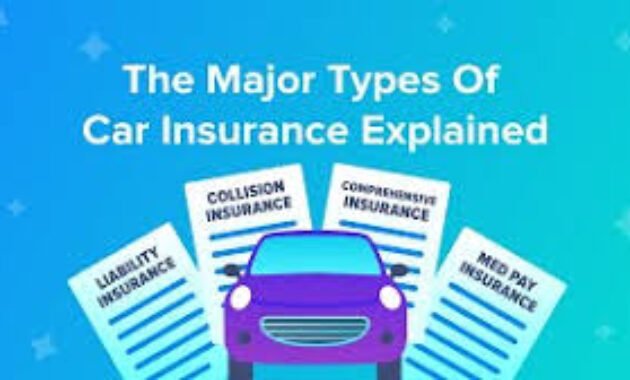Everything About Car Insurance in the USA: A Complete Guide
Introduction

“Car insurance isn’t just a legal obligation—it’s a crucial financial safeguard for you and your vehicle.”, and others on the road. In the USA, each state has its own minimum insurance requirements, which might bring about fines, driving restrictions, or legal complications.
But with so many coverage options, providers, and confusing terms, how do you choose the right policy? Whether you’re a first-time car owner or looking to switch insurers, this comprehensive guide will walk you through:
- The importance of car insurance
- Available coverage choices
- How to apply for insurance
- Required documents
- Eligibility criteria
- Money-saving tips
You’ll gain the knowledge needed to confidently evaluate your options and pick the most suitable car insurance.
Why Car Insurance is Mandatory in the USA

Driving without insurance is illegal in nearly every state (except New Hampshire, where you must prove financial responsibility). Here’s why having car insurance is crucial:
1. Legal Compliance
- Most states require at least liability insurance to cover damages you cause to others.
- Driving uninsured can lead to fines, license suspension, or even vehicle impoundment.
2. Financial Protection
- Without insurance, you’d have to pay out-of-pocket for:
- Mechanical repairs
- Medical bills (yours and others’)
- Legal fees if sued after an accident
3. Peace of Mind
- Accidents happen—insurance ensures you’re not left with crippling expenses.
- Some policies include roadside assistance, rental car coverage, and glass repair.
4. Lender Requirements
- If you lease or finance your car, lenders usually require full coverage (collision + comprehensive) until you own the vehicle outright.
Types of Car Insurance Coverage Explained

Not all car insurance policies are the same.Grasping the various coverage options will enable you to select the most suitable protection.
1. Liability Insurance (Mandatory in Most States)
- Covers damages you cause to others in an accident.
- Bodily Injury Liability (BIL): Covers medical bills, lost income, and legal costs if you’re responsible for injuring another person.
- Property Damage Liability (PDL): Covers repairs for damaged property (e.g., cars, fences, buildings).
2. Collision Coverage (Optional but Recommended)
- Covers the cost of repairing your vehicle after an accident, no matter who was at fault.
- Typically mandatory if your car is leased or financed.
3. Comprehensive Coverage (Optional)
- Covers non-collision incidents, including
- Unauthorized taking
- Malicious destruction
- Natural disasters (floods, hurricanes)
- Animal collisions
4. Personal Injury Protection (PIP) / Medical Payments (MedPay)
- Pays for medical costs for you and your passengers, no matter who was at fault in the accident.
- Required in “no-fault” states like Florida and Michigan.
5. Uninsured/Underinsured Motorist Coverage (UM/UIM)
- Safeguards you if the driver who caused the accident has:
- No insurance (UM)
- Insufficient coverage (UIM)
6. Additional Coverages (Optional Add-Ons)
- Rental Reimbursement: Covers the cost of a rental vehicle while your car is in the shop for covered repairs.
- Roadside Assistance: Covers towing, jump-starts, and lockout services.
- Gap Insurance: Pays the difference if your car is totaled and you owe more than its value (useful for leased/financed cars).
How to Apply for Car Insurance in the USA

Getting car insurance is a straightforward process if you follow these steps:
Step 1: Decide on the Appropriate Coverage Level
- Minimum Coverage: Meets state requirements (usually liability only).
- Full Coverage: Includes collision + comprehensive (best for newer cars).
- Additional Protections: Consider UM/UIM, PIP, or roadside assistance.
Step 2: Compare Quotes from Multiple Insurers
- Use comparison sites like NerdWallet, The Zebra, or Progressive to check rates.
- Factors affecting your premium:
- Age, driving record, credit score
- Car make/model, location, annual mileage
Step 3: Put Together the Required Materials
- Driver Authorization Certificate
- Mechanical Registration
- Social Security Number (for credit checks in some states)
- Previous Insurance Info (if switching providers)
Step 4: Choose a Policy & Finalize Payment
- Select a plan that fits your budget and coverage needs.
- Pay the premium (monthly, quarterly, or annually).
Documents Needed for Car Insurance
When applying, insurers typically ask for:
✔ Valid Driver’s License
✔ Vehicle Registration & Title
✔ Proof of Address (utility bill, lease agreement)
✔ Social Security Number (for credit-based pricing in some states)
✔ Driving Record (if you have past violations)
Who is Eligible for Car Insurance?
Insurance providers evaluate risk by considering:
1. Age & Driving Experience
- Teen drivers (16-25) pay the highest premiums due to inexperience.
- Senior drivers (65+) may see rate increases due to slower reflexes.
2. Driving Record
- Clean record? You’ll get the best rates.
- Accidents/tickets? Expect higher premiums.
3. Credit Score (in Most States)
- A higher credit score can lower your rates (except in CA, HI, MA).
4. Vehicle Type
- Luxury, sports, and electric cars cost more to insure.
- Safety-rated vehicles may qualify for discounts.
5. Location
- Urban areas (more accidents/theft) = higher rates.
- Rural areas = lower premiums.
How to Save Money on Car Insurance

Car insurance can be expensive, but these proven tips can help you cut costs:
1. Elevate Your Deductible Threshold
- A higher deductible = lower premium (but more out-of-pocket if you file a claim).
2. Multi-Coverage Packages
- Combine auto + home/renters insurance for discounts (e.g., State Farm, Allstate).
3. Ask for Discounts
- Safe driver, good student, military, low-mileage, and anti-theft device discounts.
4. Maintain a Good Credit Score
- In most states, a higher credit score = lower rates.
5. Limit Your Time on the Road
- Low-mileage drivers (under 7,500 miles/year) may qualify for discounts.
6. Compare Quotes Annually
- Loyalty doesn’t always pay—shop around every 6-12 months for better deals.
Final Thoughts: Choosing the Right Car Insurance
Car insurance isn’t just a legal formality—it’s essential for protecting yourself and others on the road. By understanding coverage types, eligibility factors, and money-saving strategies, you can find an affordable policy that meets your needs.
Ready to get insured? Compare quotes today and drive with confidence!




